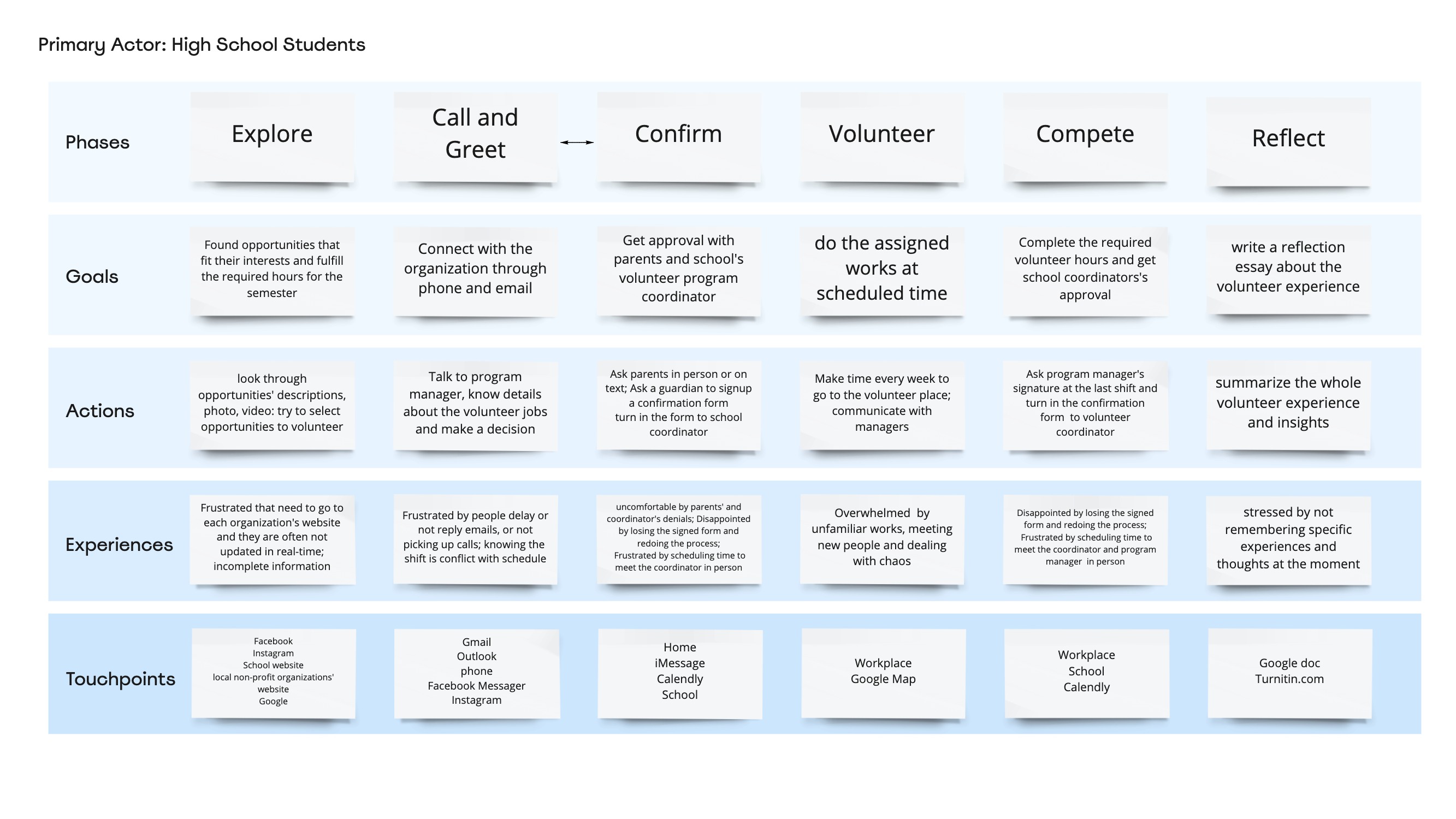Pitch of Key Features

View and filter recommended opportunities
Get personalized volunteer recommendations that best match you based on your profile application and location, and refine your results through the search filter. All of the opportunities listed on Future Connect have their information updated regularly and are available for application!
Provides Immersive educational experience
Connect organizations with volunteers and help users understand the benefit and betterment of community services, develop leadership, and learn skill acquisition.


Review past meetups and Track your hours
View your past meetups to review the volunteers' details. You can also contact the volunteer workers, reset the number of volunteer hours, or invite your friends to volunteer together.
Collect achievement badges in the app as you keep accomplishing each volunteer work and educational program, which can be seen on your profile.
Collect achievement badges in the app as you keep accomplishing each volunteer work and educational program, which can be seen on your profile.
Process





















